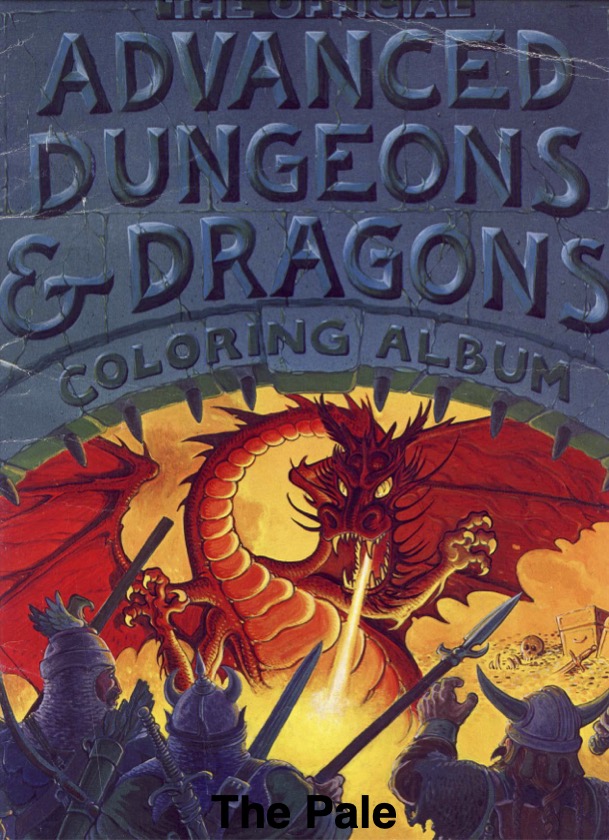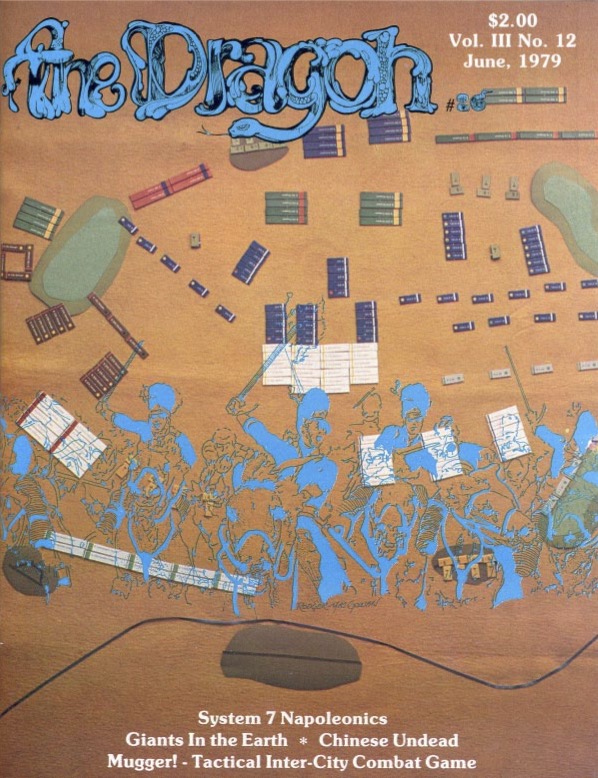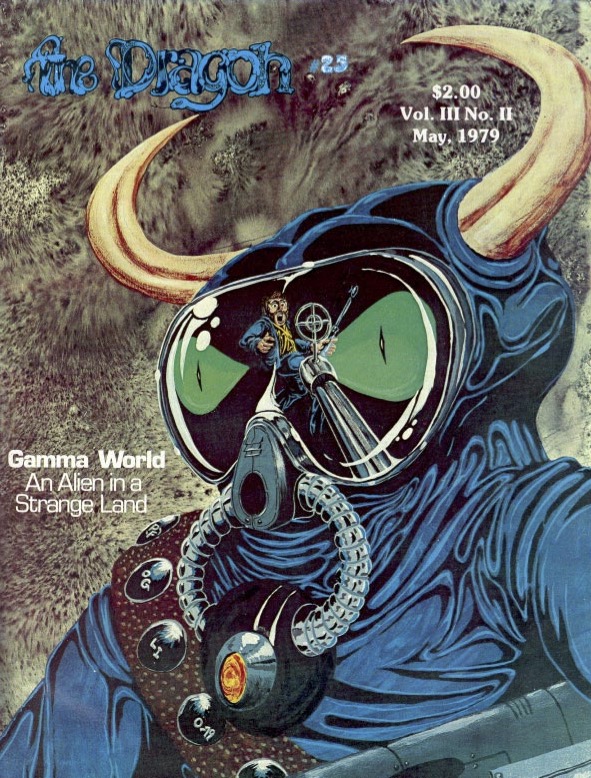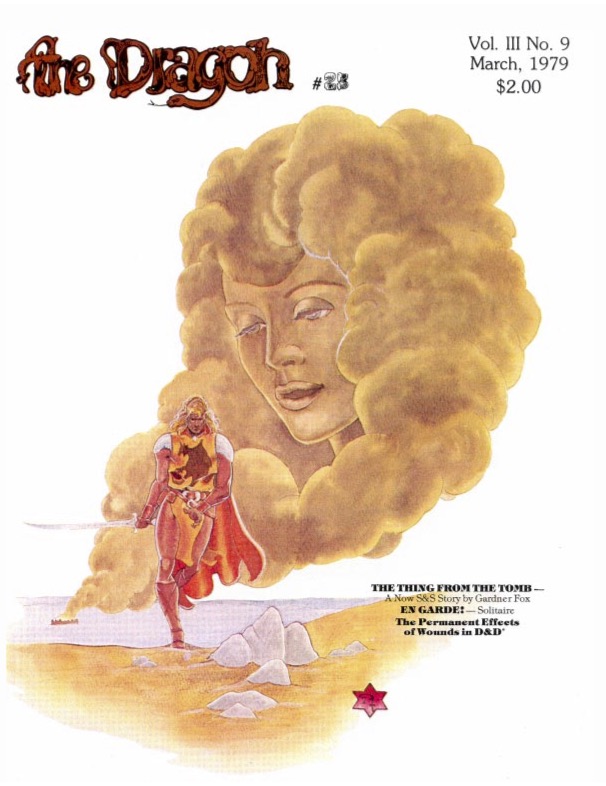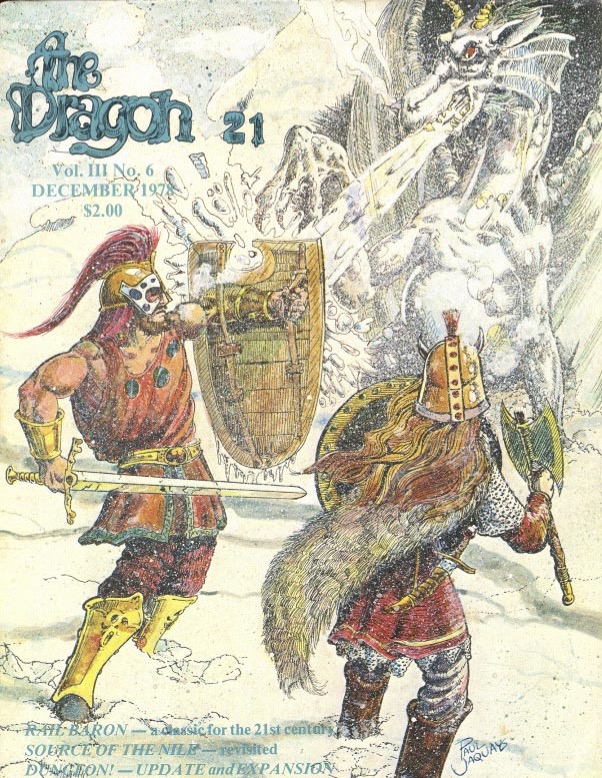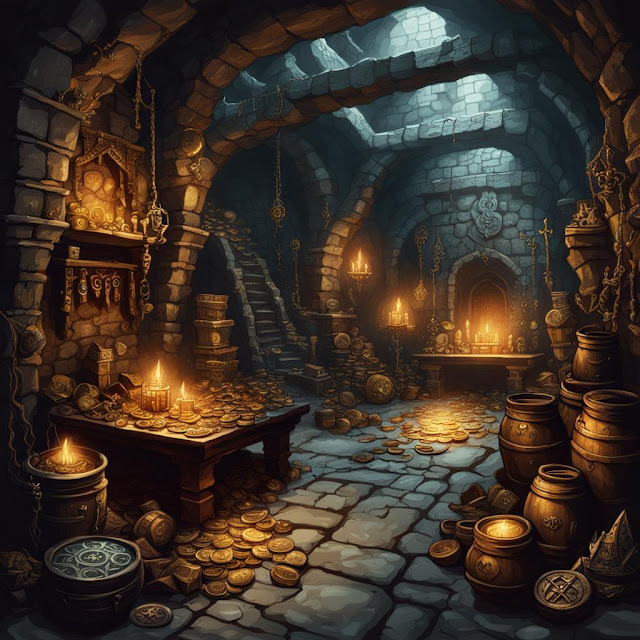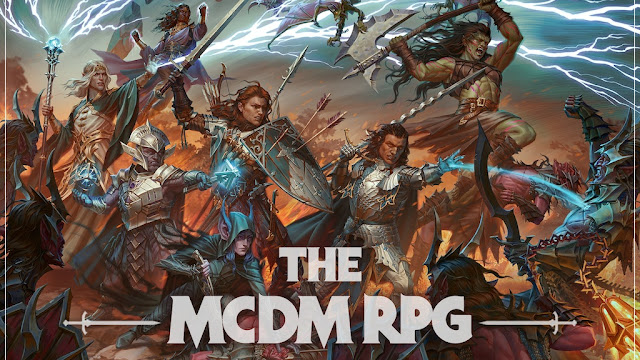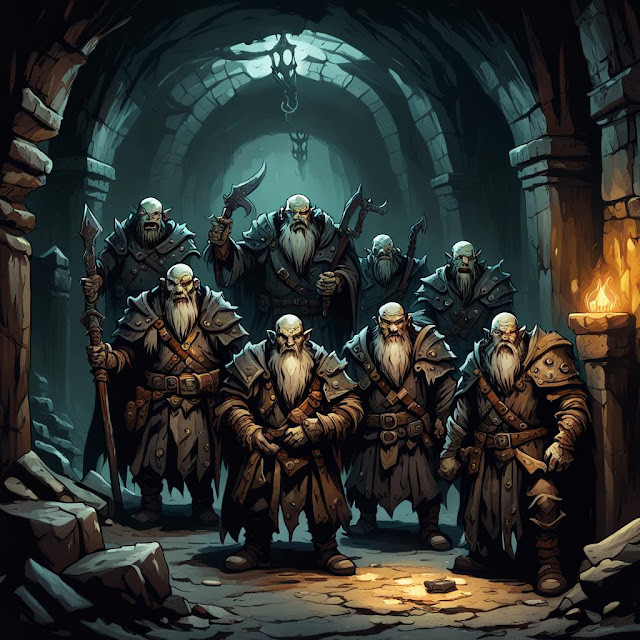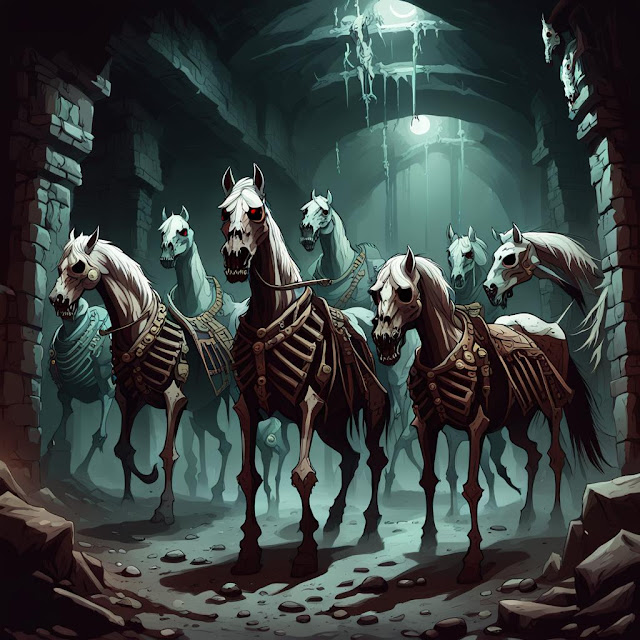The gaming magazine is dead. After all, when was the last time that you were able to purchase a gaming magazine at your nearest newsagent? Games Workshop’s
White Dwarf is of course the exception, but it has been over a decade since
Dragon appeared in print. However, in more recent times, the hobby has found other means to bring the magazine format to the market. Digitally, of course, but publishers have also created their own in-house titles and sold them direct or through distribution. Another vehicle has been
Kickststarter.com, which has allowed amateurs to write, create, fund, and publish titles of their own, much like the fanzines of Kickstarter’s
ZineQuest. The resulting titles are not fanzines though, being longer, tackling broader subject matters, and more professional in terms of their layout and design.
—oOo—
 Senet
Senet—named for the Ancient Egyptian board game,
Senet—is a print magazine about the craft, creativity, and community of board gaming. Bearing the tagline of “Board games are beautiful”, it is about the play and the experience of board games, it is about the creative thoughts and processes which go into each and every board game, and it is about board games as both artistry and art form. Published by
Senet Magazine Limited, each issue promises previews of forthcoming, interesting titles, features which explore how and why we play, interviews with those involved in the process of creating a game, and reviews of the latest and most interesting releases.
Senet Issue 7 was published in the spring of 2022. It opens with an editorial that highlights the reach and width of board games, often to unexpected corners and fans. This includes, in this case, the late lyricist and composer, Steven Sondheim, who was a subscriber of the magazine. This quite made the editor’s week. It an aspect of the hobby that is highlighted elsewhere in the magazine, notably in the ‘Points’, the regular column of readers’ letters.
The issues gets down to its contents with ‘Behold’, its regular preview of some of the then-forthcoming board game titles. As expected, ‘Behold’ showcases its previewed titles to intriguing effect, a combination of simple write-ups with artwork and depictions of the board games. The standouts here are Don’t Go In There, a spooky exploration of a haunted house that is strong on apprehension versus the desire to delve deeper into the house and has some fantastically gothic style artwork, and Crescent Moon, an asymmetrical area-control game whose theme is the five factions and their differences of the Abbasid Caliphate.
‘Points’, the regular column of readers’ letters, covers a number of different topics. One discusses the misuse of the word ‘cull’ in terms of excising boardgames from your library, whilst another highlights the issues with the use of apps in games and their likely obsolescence, essentially making the games unplayable. There is also a lovely letter about a teenage gamer having discovered not only the joy of boardgames, but also the joy of introducing the hobby to his friends and family. The most interesting letter is from an American in Korea who was amazed to discover the cultural differences between the USA and Korea in terms of boardgame mechanics. These differences have been highlighted, at least for Call of Cthulhu, in the pages of Bayt al Azif – A magazine for Cthulhu Mythos roleplaying games, and perhaps this is a possible thread that Senet magazine could follow up in future issues. In ‘For Love of the Game’, Tristian Hall continues his designer’s journey towards the completion and publication of his Gloom of Kilforth. In previous issues he explored how the game became a vehicle for roleplaying and storytelling, used the mechanics to bring the game and its background to life, marketing options, and dealing with feedback and criticism about a game’s design, but in this issue, he writes about world-building and immersion through text and art, and how historical research can really benefit the design of a game.
Senet follows a standard format of articles and article types. One explores a theme found in board games, its history, and the games that showcase it to best effect, whilst another looks at a particular mechanic. In between there are two interviews, one with a designer, the other with an artist. The mechanical article in Senet Issue 7 is quite short and is on word games. Of course, ‘Word Play’ by Owen Duffy, begins with Scrabble—and arguably a whole article could be devoted to that game—but it quickly expands to explore more modern designs, such as Paperback and Wibbell++ (or The Ell Deck). The article also highlights five word games that can used as party games that also pull the word game away from its dry spelling contest origins. Though a little short, the article is a good overview of the format.
The artist interviewed in ‘The Pathfinder’ is with Francesca Baerald, best known for her work on
Gloomhaven and
Descent: Legends of the Dark, big boardgames with strong roleplaying aspects to them, as well as to roleplaying games such as
Legend of the Five Rings. The article explores her background and how she became an artist before providing her space to comment upon a handful of her pieces. Not all of them are maps, but those maps do stand out, presenting rich and detailed worlds that beg to be explored. There is no pullout in this issue showcasing her artwork, but nevertheless, this is artwork that pulls the viewer into its depth and detail. The artist interviewed in the previous issue was with Miguel Coimbra, best known for illustrating the mini-civilisation-style
7 Wonders and the fantasy wargame of variable races and powers,
Small World. So its seems apt that the games designer interviewed in
Senet Issue 7 in ‘Wonder Man’ is with Antoine Bauza, the designer of the award-winning
7 Wonders and
Hanabi. Interviewed at the same time as his new game,
Oltréé, was published, the interview is far ranging, covering his gaming and publishing history, his love of co-operative games, his fascination with Japan as seen in
Takenoko and
Tokaïdo, and unfortunately, his frustrations and disillusionment with the hobby. This is not something that has been seen in interviews in previous issues and here it ends the interview on a downbeat tone. Nevertheless, this is an interesting interview and Antoine Bauza’s games are shown off to best effect.
The theme or genre of game showcased in
Senet Issue 7 is the trading card game or ‘TCG’. Where the earlier ‘Word Play’ began at the obvious starting point of
Scrabble, in ‘Trade Wars’, Alexandra Sonechkina begins with
Magic: The Gathering and its history. This is quickly rushed through—no surprise given that it could have taken up the whole article, but it has its own history in the form of
Generation Decks: The Unofficial History of Gaming Phenomenon Magic: The Gathering—before the article looks at some of the variations and concepts behind the format. Unfortunately, there is an emphasis in the article on the bigger games such as
Magic: The Gathering and
Pokémon, which is understandable, and there no real exploration of smaller trading card games bar the one,
Flesh and Blood. There have been hundreds of trading card games since the publication of
Magic: The Gathering and it seems so limiting to have explored some of them. Worse perhaps, is that the article does not explore in any depth variations upon the trading card game format, so that for example,
Arkham Horror: The Card Game, is mentioned as a co-operative trading card game format, but it only a mention and that element of co-operation is then ignored. Overall, the article is decent enough, but there are aspects of the trading card game format that the article sadly ignores.
‘Unboxed’,
Senet’s reviews includes a review of Antoine Bauza’s
Oltréé, and is joined by good reviews of
Cascadia,
Ankh: Gods of Egypt,
The Adventures of Robin Hood, and others. it is a good mix and the reviews are all useful and informative. The reviews section is rounded out with top ten list of the
Senet’s ‘The Best of 2021’, which is worth comparing with the reviews that appeared in previous issues.
Rounding out Senet Issue 7 are regular end columns, ‘How to Play’ and ‘Shelf of Shame’. For the former, Fred Cronin explores ‘Cultivating a collection’, suggesting ways to build a game library you can enjoy whilst avoiding some of the missteps he took himself. It is good advice and in a callback to the latter in ‘Points’, the readers’ letters column, in which a reader discusses the misuse of the word ‘cull’, suggests using the term ‘prune’ for removing games from your collection. For the latter, comedian and boardgames fan, John Robertson, looks at the heist game, Theives. It was a title he he was enticed by at UK Games Expo in 2018 after he handed the designer an award for it, but never got to play until after the copy he bought then he gave to his flatmate.
Physically, Senet Issue 7 is very professionally presented. It looks and feels as good as previous issues of the magazine.
As with previous issues, Senet Issue 7 offers a good mix of articles, interviews, and reviews. In places its articles feel slightly limited in their scope, but not to the point they where they needlessly detract from their content. For the boardgames fan, Senet continues to be a solid read.
